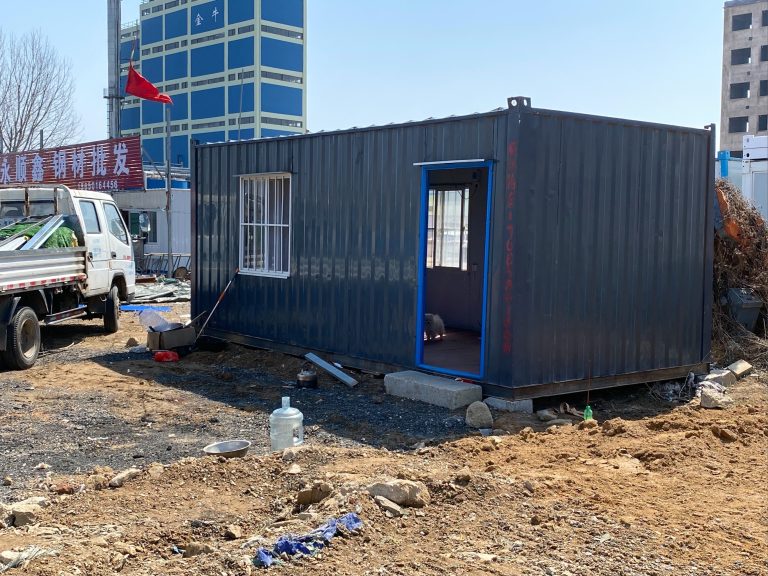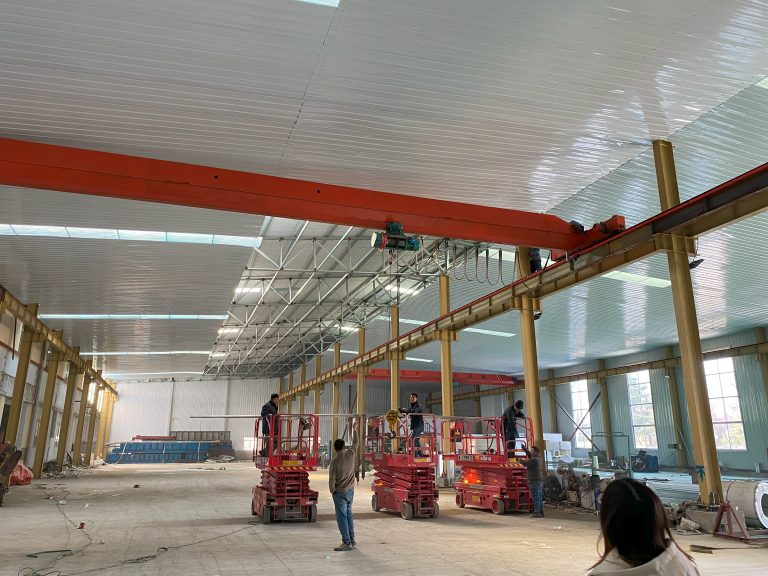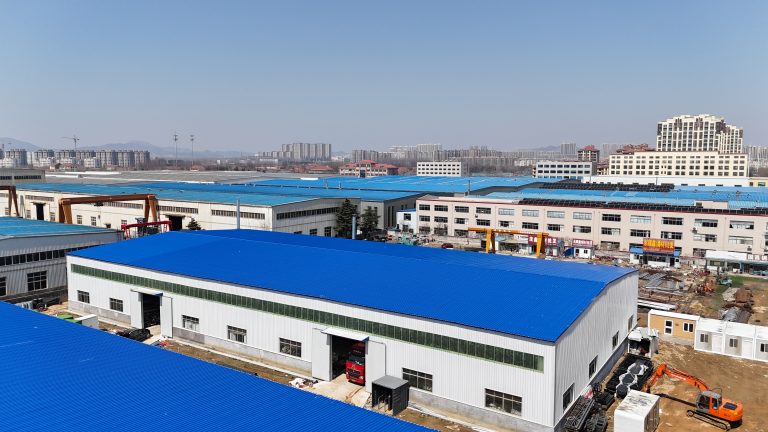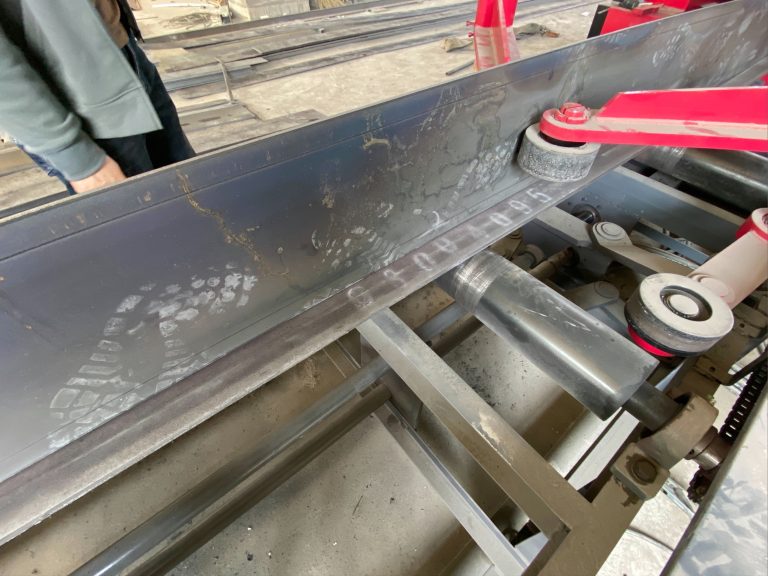Rapid deployment technology of container house in temporary hospital construction
Table of Contents
Benefits of Using Rapid Deployment Technology for Container House in Temporary Hospital Construction
The rapid deployment technology of container houses has revolutionized the construction industry, particularly in the context of temporary hospital construction. These innovative structures offer a cost-effective and efficient solution for quickly setting up medical facilities in emergency situations or remote locations. By utilizing prefabricated containers that can be easily transported and assembled on-site, healthcare providers can rapidly deploy fully functional hospitals to meet the urgent needs of patients.
One of the key benefits of using rapid deployment technology for container houses in temporary hospital construction is the speed at which these facilities can be established. Traditional construction methods can be time-consuming and labor-intensive, requiring weeks or even months to complete a project. In contrast, container houses can be quickly assembled and operational in a matter of days, allowing healthcare providers to respond swiftly to emergencies or outbreaks.
Furthermore, the modular nature of container houses makes them highly adaptable to different site conditions and requirements. These structures can be easily customized to accommodate various medical services, such as patient wards, operating rooms, laboratories, and administrative offices. This flexibility allows healthcare providers to design temporary hospitals that meet their specific needs and provide high-quality care to patients.
In addition to their speed and flexibility, container houses offer a cost-effective solution for temporary hospital construction. Prefabricated containers are typically more affordable than traditional building materials, reducing overall construction costs. Moreover, the streamlined construction process of container houses requires fewer resources and labor, further lowering expenses. This cost-effectiveness is particularly beneficial for healthcare providers operating on limited budgets or in resource-constrained environments.
Another advantage of using rapid deployment technology for container houses in temporary hospital construction is their portability. These structures can be easily transported to remote or hard-to-reach locations, allowing healthcare providers to bring medical services closer to communities in need. This mobility is especially valuable in emergency situations, where quick access to healthcare facilities can save lives and prevent the spread of disease.
Furthermore, container houses are designed to be durable and weather-resistant, making them suitable for use in a variety of environments. These structures can withstand harsh weather conditions, such as extreme temperatures, high winds, and heavy rainfall, ensuring the safety and comfort of patients and healthcare workers. This resilience is essential for temporary hospitals that may need to operate in challenging or unpredictable circumstances.
Overall, the rapid deployment technology of container houses offers numerous benefits for temporary hospital construction. From their speed and flexibility to their cost-effectiveness and portability, these innovative structures provide a practical solution for healthcare providers seeking to quickly establish medical facilities in emergency situations or remote locations. By leveraging the advantages of container houses, healthcare providers can effectively respond to crises, deliver high-quality care to patients, and support the health and well-being of communities in need.
Case Studies of Successful Implementation of Rapid Deployment Technology for Container House in Temporary Hospital Construction
The rapid deployment technology of container houses has proven to be a game-changer in the construction of temporary hospitals. These innovative structures have been used in various case studies around the world, showcasing their efficiency and effectiveness in providing much-needed medical facilities in times of crisis.
One such successful implementation of rapid deployment technology for container houses in temporary hospital construction took place in Wuhan, China, during the early days of the COVID-19 pandemic. The city was facing a severe shortage of hospital beds to accommodate the growing number of patients infected with the virus. In response to this urgent need, a temporary hospital was constructed using container houses in just a matter of days.
The speed at which the container houses were deployed was impressive, with each unit being assembled and installed in a matter of hours. This rapid deployment technology allowed for the quick construction of a fully functional hospital that could accommodate hundreds of patients. The modular design of the container houses made it easy to scale up the facility as needed, providing flexibility in response to the evolving situation.

The use of container houses in temporary hospital construction also proved to be cost-effective. The prefabricated nature of these structures meant that construction costs were significantly lower compared to traditional building methods. This was crucial in a situation where resources were limited, and every penny needed to be spent wisely.
Another successful case study of rapid deployment technology for container houses in temporary hospital construction can be seen in the United States. In response to the devastating impact of Hurricane Katrina, container houses were used to quickly set up medical facilities to provide care to those affected by the disaster. The flexibility of these structures allowed for easy customization to meet the specific needs of the community, whether it be for triage, treatment, or recovery.
The use of container houses in temporary hospital construction has also been seen in refugee camps around the world. These structures have provided much-needed medical facilities to displaced populations, offering a sense of stability and security in times of crisis. The rapid deployment technology of container houses has allowed for the quick and efficient construction of healthcare facilities in these challenging environments, ensuring that those in need receive the care they deserve.
In conclusion, the rapid deployment technology of container houses has proven to be a valuable asset in the construction of temporary hospitals. The speed, cost-effectiveness, and flexibility of these structures make them an ideal solution for providing medical facilities in times of crisis. The successful case studies mentioned above demonstrate the effectiveness of using container houses in temporary hospital construction, showcasing their ability to quickly and efficiently respond to urgent healthcare needs. As we continue to face global challenges that require rapid and effective responses, the use of container houses in temporary hospital construction will undoubtedly play a crucial role in ensuring that healthcare services are readily available to those who need them most.






